Axel
TPF Noob!
markc said:What film is it? But just as important: What chemicals were used to develop it? How long was the film left in the developer? What paper was used and how was it developed? These will have a really big impact.
OK. Film used was Fuji Neopan Professional 1600
The rest I have no clue about. The only thing I can say is that my local photo shop had to send it to Fuji's lab to get it developed. Then, when they got it back from the lab, they printed them.
I should probably try to get the film developed and printed at another place with the other one I have here. The only thing is that it is more than embarrassing to have those pictures shown to other people...
How could I know how they are developed and what chemicals are used? Are there keywords that I should keep in mind?
Oh, one more thing. The prints/CD came out mirrored for some reason... Not that it matters much since I am experimenting, but it's annoying paying full price and get them like that...
Thanks



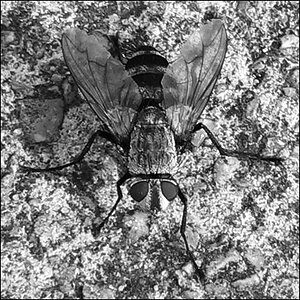
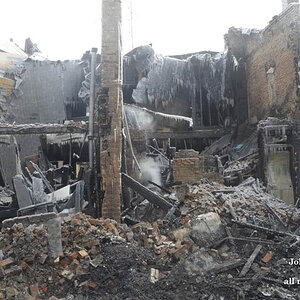
![[No title]](/data/xfmg/thumbnail/31/31707-a2840f3af9af3a4fa6f6dfbd4028eae5.jpg?1619734964)
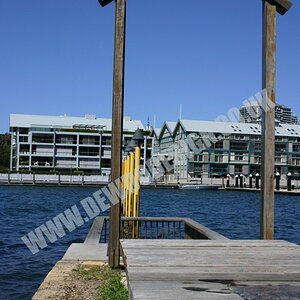
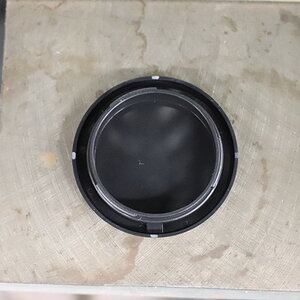

![[No title]](/data/xfmg/thumbnail/37/37521-5e19cc15e190997d963ed09c3c13ca9c.jpg?1619738129)

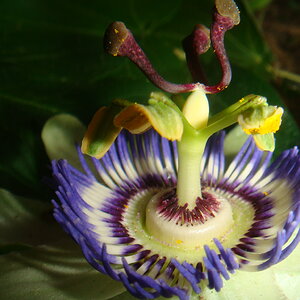
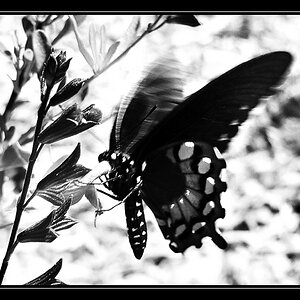
![[No title]](/data/xfmg/thumbnail/37/37425-6c82b8d207549743954f4b99b56a8153.jpg?1619738066)
![[No title]](/data/xfmg/thumbnail/37/37519-6093821531f744039f3ac2b3e30c7dbf.jpg?1619738128)